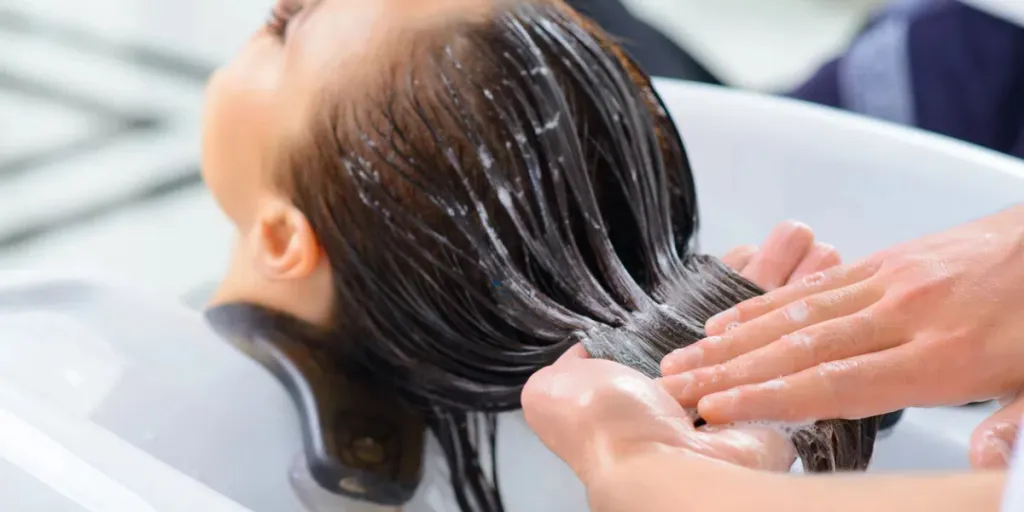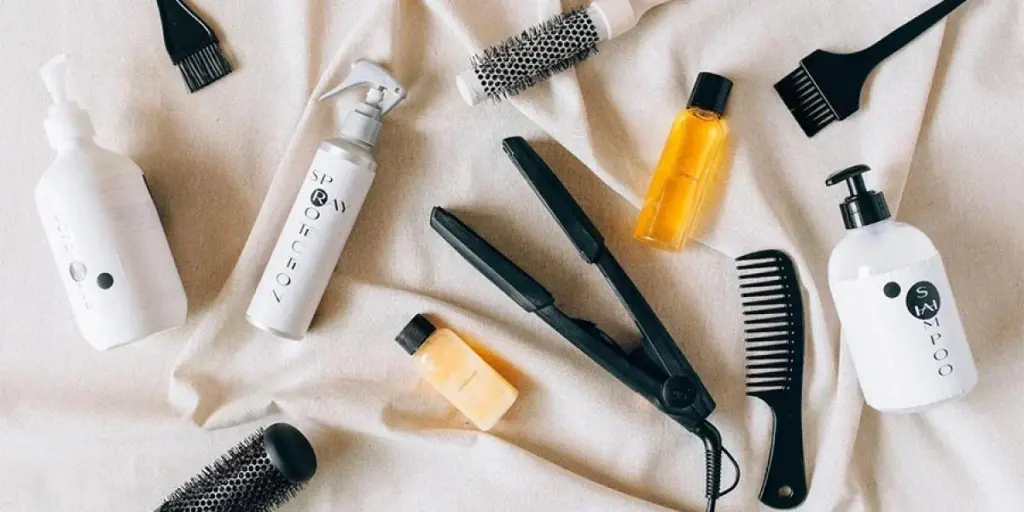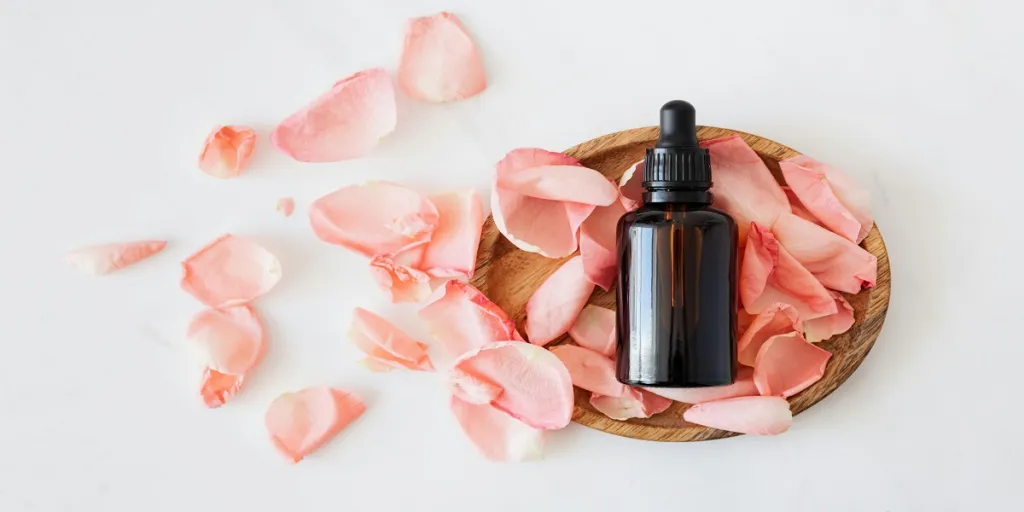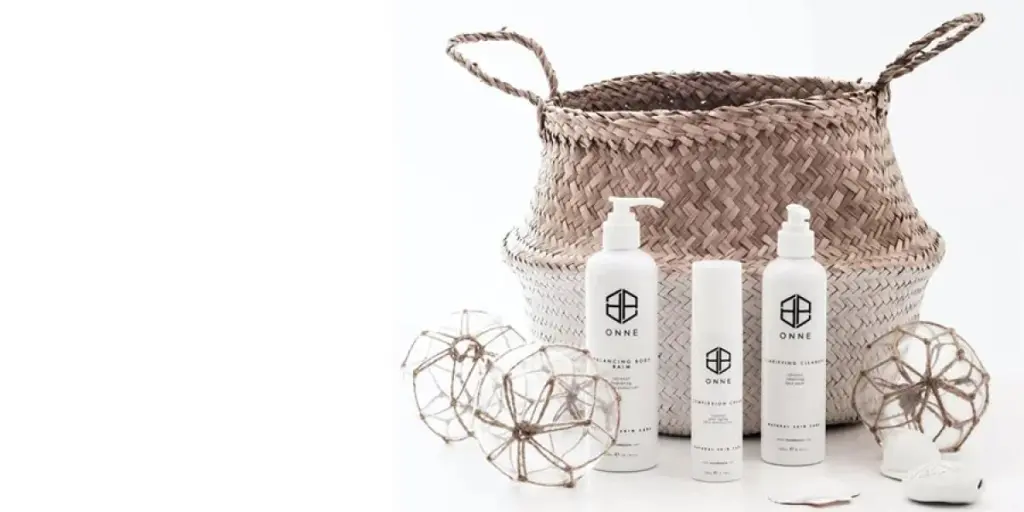There’s nothing like having perfect and healthy hair—and it’s not just about looks. Almost everyone has hair concerns, so they always search for ways to keep their natural hair of the best quality. And for most of them, that’s where hair masks come in.
Hair masks can help solve many concerns, from restoring waves, curls, and kinks to reviving flaky, dry scalps and promoting stronger strands. They can even add moisture to dehydrated hair—meaning endless possibilities! However, hair masks are not a one-size-fits-all product. Each hair type will have a specific requirement.
Keep reading to discover which hair mask to offer for every consumer’s hair type in 2025.
Table of Contents
How fast is the hair mask market growing?
What are hair masks?
Hair masks: what to offer for each hair type
Other things to consider before choosing hair masks for different hair types
Rounding up
How fast is the hair mask market growing?
Hair masks are incredibly beneficial, and it has helped their market register steady growth (both in revenue and in searches). Thanks to millennials, the demand for hair masks is higher than ever. For this reason, experts predict the hair mask market will grow at a steady 4%compound annual growth rate (CAGR) to reach US$ 993.3 million by 2032.
Search-wise, hair markets have also experienced similar growth. They jumped from 301,000 searches in 2023 to 368,000 in July and August 2024, a 20% growth year over year.
What are hair masks?
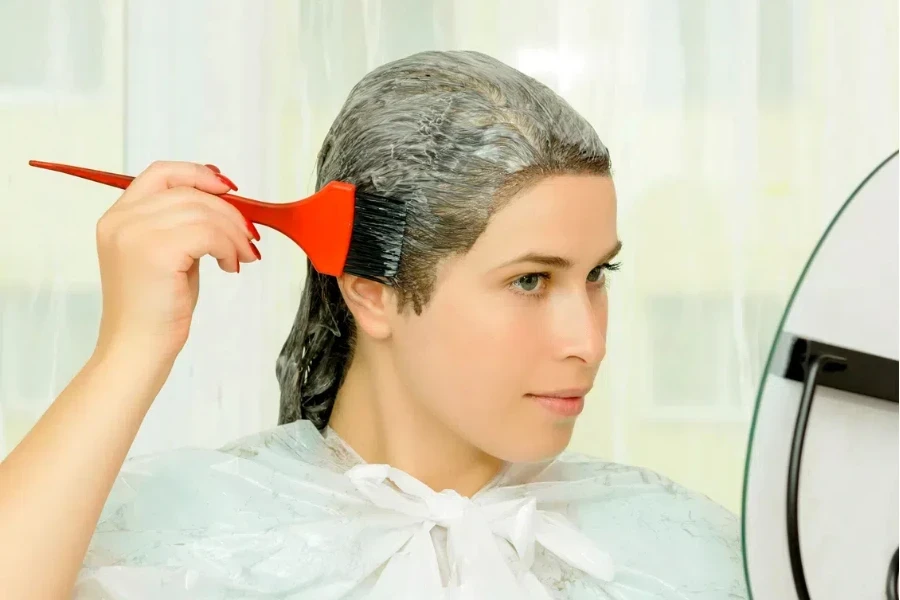
Hair masks, often called “intensive conditioners” or “conditioning treatments,” work similarly to face masks but for hair. Just as a face mask deeply hydrates and nourishes the skin, a hair mask does the same for the user’s tresses, leading to healthier and deeply conditioned locks.
Though they both condition the hair, marks differ from the everyday conditioner. Manufacturers pack hair masks with more concentrated ingredients, so they must stay on the hair longer to work their magic. While many hair masks have various ingredients, it’s better to choose those made with natural ingredients and free of harsh chemicals.
Hair masks: what to offer for each hair type
1. Curly/frizzy hair
Consumers with curly hair all have a common problem: breakage and frizz. It’s often the result of wild strands that can worsen in humid weather, especially when they lose most of their moisture (another common issue for curly hair). For this reason, this hair type will benefit from a hydrating mask that allows consumers’ curl patterns to remain bouncy, frizz-free, and soft.
2. Short hair

Although consumers with shorter hair generally have a better time than others with long cuts, they can still benefit from hair masks. This becomes especially important if they frequently bleach, color-correct, or heat-style their hair. Such processes often strip the hair of natural oils so short-haired consumers can deeply hydrate their tresses with rich-colored masks.
3. Straight hair
Consumers with straight, sleek hair don’t look or feel good with greasy tresses. Soft and shiny is where the magic happens. However, choosing masks that will give these consumers the best results depends on their hair texture. Thankfully, hair masks for straight hair often have labels like ‘coarse’ or ‘fine’ to identify what works for different straight hair textures. More importantly, these consumers can’t go wrong with a deep-conditioning hair mask.
4. Thick hair
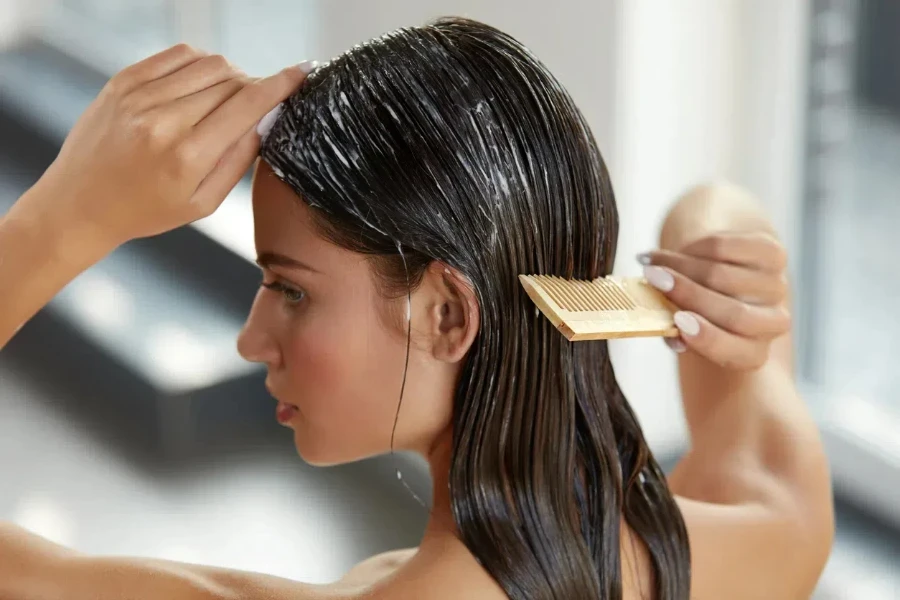
Women with thick strands generally don’t worry much about their hair health. Usually, thick hair is the result of a healthy head of locs. Nevertheless, they may still have detangling concerns. Hence, businesses can offer them a deep conditioner to make it more manageable.
5. Oily hair
While no one likes oily hair, consumers are not stuck with it. Thankfully, they just need a different approach to fix it. Consumers with naturally oily hair must focus more on their scalp than the hair follicles.
The scalp is likely the culprit of the concern, as it may be overproducing oil and creating greasy hair. Hence, these consumers need oil-regulating hair masks to help balance everything. They will also avoid deep-conditioning hair masks to prevent their pores from clogging and making their hair heavier.
6. Long hair

Consumers with long hair already deal with weight, so using rich masks may weigh them down even more. Instead, they need lightweight and moisturizing hair mask formulas. Businesses can offer them masks with oil-rich formulas because of their superhydration properties. Plus, they won’t add any unwanted weight.
7. Color-treated hair
Self-expression is a big trend, and changing hair colors is one way many people express themselves today. However, changing the hair’s color can be damaging due to the chemical-intensive process. Thankfully, consumers can keep their hair vibrant, shiny, and healthy with hair masks specifically formulated for colored hair. It’s one of the best ways to stop color fading.
8. Dry/damaged hair

Sometimes, consumers’ hair may be too dry or damaged, making it brittle and breaking easily. It happens because the stands don’t have enough moisture to remain smooth and silky. Although dry hair will need an intense, deep, hydrating session to be restored completely, all hope is not lost. Businesses can offer these consumers leave-in formula or overnight treatment masks that work on the scalp and hair while they rest.
9. Fine hair
Consumers with fine hair must never use deep conditioning masks. They are a sure ticket to extra oily and greasy tresses. Instead, they will need lighter hair masks that add moisture, volume, and shine without being too ingredient-rich for those delicate strands.
Other things to consider before choosing hair masks for different hair types
1. The consumer’s specific concerns
Hair masks are far from a one-size-fits-all product. Hence, people will naturally choose products that address their specific hair needs. Businesses must understand what consumers want to achieve before offering them a solution.
For example, businesses can offer masks explicitly designed for blonde hair to help maintain their vibrant masks. Alternatively, they can stock masks tailored for curly hair to bring back those lively, bouncy curls.
2. Choose the right ingredients
Manufacturers make hair masks from various ingredients, each targeting different hair concerns. For instance, if customers want to strengthen their hair, they might choose a mask with vegan keratin. On the other hand, those needing extra hydration will likely gravitate towards masks containing jojoba or argan oil. Other natural ingredients to consider for hair masks include avocado oil, fatty acids, Aloe vera, Citric Acid, Vitamin E, Helianthus Annuus (Sunflower oil), Olive oil, and Coconut Oil.
Some hair masks will also come with chemicals that are not harmful. These can include the following:
- Cetearyl Alcohol
- Guar Hydroxypropyltrimonium Chloride
- Behentrimonium Chloride (less than 0.1% only)
- Potassium Sorbate (doesn’t affect the hair, only keeps the product fresh)
Ingredients to avoid
- Propylene Glycol
- Isopropyl Alcohol
3. Personalized aromas
Hair masks don’t have to be boring. Consumers can enjoy a better sensory experience with masks offering appealing scents. Whether it’s lemon, vanilla, or peppermint, customers will go for their preferred aroma to enhance their masking ritual.
Rounding up
Hair adds a lot to a person’s overall look, so consumers always look for ways to keep it looking its best. From shampoos to conditioners, none have the deep revitalization qualities of hair masks. That’s why many consumers search for them to add to their beauty/hair care routines. But before businesses tap into this market in 2025, they must stock the right product for each hair type.
